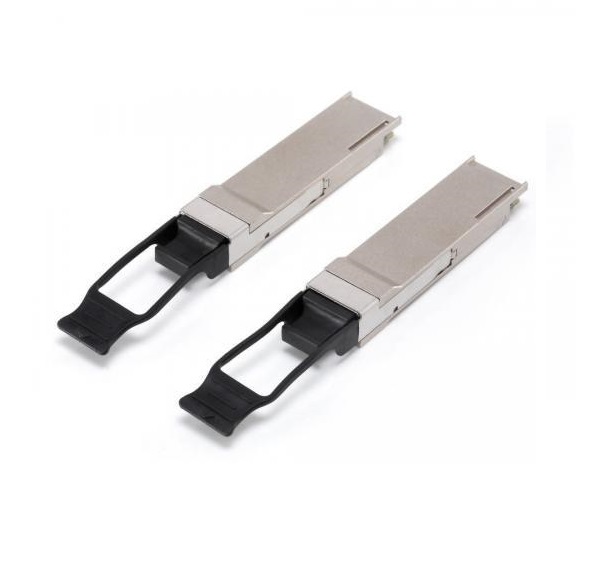- Sales SupportContact Sales
- Call us at: +(86) 15211074652
- Send us a email at: info@zr-fibercable.com
400G QSFP Transceiver Types and Fiber Connections
As data centers continue to evolve and demand for higher bandwidth increases, the need for high-speed transceivers has become crucial. One such transceiver type that has gained popularity is the Quad Small Form-factor Pluggable (QSFP) transceiver. QSFP transceivers support various data rates, including 400Gbps, making them ideal for high-performance networking applications. In this article, we will explore the different types of 400G QSFP transceivers and their fiber connections.
QSFP-DD:
QSFP-DD (Double Density) is the latest iteration of the QSFP transceiver standard. It provides backward compatibility with existing QSFP modules while doubling the port density. The QSFP-DD transceiver supports data rates of up to 400Gbps, making it suitable for high-bandwidth applications. It uses an eight-lane electrical interface, with each lane capable of transmitting at 50Gbps. QSFP-DD transceivers can be used with single-mode or multimode fibers, depending on the specific requirements of the network.
OSFP:
The Octal Small Form-factor Pluggable (OSFP) transceiver is another 400Gbps transceiver option. It offers similar performance to QSFP-DD but has a larger form factor. OSFP transceivers are typically used in high-density switch and router applications. They use a larger electrical interface, allowing for improved thermal management and lower power consumption. OSFP transceivers can be used with single-mode or multimode fibers.
CDFP:
The 400G CDFP (Compact Form-factor Pluggable) transceiver is an older standard compared to QSFP-DD and OSFP. CDFP modules have a larger form factor than QSFP-DD and OSFP, providing better thermal management capabilities. They use a 16-lane electrical interface, with each lane operating at 25Gbps. CDFP transceivers support both single-mode and multimode fiber connections. However, due to the popularity of QSFP-DD and OSFP, CDFP transceivers are less commonly used in modern deployments.
Fiber Connections:
4.1. Single-Mode Fiber (SMF):
Single-mode fiber is commonly used in long-haul and high-bandwidth applications. It has a smaller core size, allowing for the transmission of light over longer distances with minimal signal loss. When using 400G QSFP transceivers with single-mode fiber, it is important to ensure that the transceivers and fiber are compatible. Generally, single-mode fiber transceivers operate at a wavelength of 1310nm or 1550nm.

4.2. Multimode Fiber (MMF):
Multimode fiber is commonly used in short-reach applications within data centers. It has a larger core size compared to single-mode fiber, which allows for the transmission of multiple modes of light. When using 400G QSFP transceivers with multimode fiber, it is important to consider the fiber type. Multimode fiber is available in different categories, such as OM1, OM2, OM3, OM4, and OM5, each with different performance characteristics. QSFP transceivers for multimode fiber usually operate at a wavelength of 850nm.
Conclusion:
400G QSFP transceivers provide high-speed connectivity for modern data centers and networking applications. The QSFP-DD and OSFP transceiver types offer backward compatibility with existing QSFP modules while providing higher data rates. While QSFP-DD and OSFP are widely adopted, the older CDFP standard is less commonly used. When deploying 400G QSFP transceivers, it is essential to consider the fiber connections. Single-mode fiber is suitable for long-haul applications, while multimode fiber is used for short-reach connections within data centers. Understanding the different transceiver types and fiber connections will help network administrators make informed decisions when designing and upgrading their high-bandwidth networks.
You might be interested in
We use cookies to ensure that we give you the best experience on our website. By clicking on "Accept" or continuing to use this site, you agree to our use of cookies in accordance with our Cookie Policy .You can refuse the use of cookies here.
Accept

